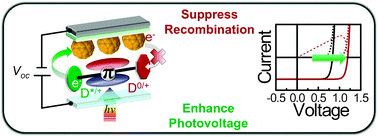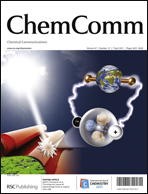The molecular nature of photovoltage losses in organic solar cells
Abstract
Since the inception of heterojunction organic photovoltaic research the organic/organic interface has been thought to play a crucial role in determining the magnitude of the open-circuit voltage. Yet, the task of defining the molecular properties dictating the photovoltage delivered by these devices, that employ mixed or neat layers of different


 Please wait while we load your content...
Please wait while we load your content...